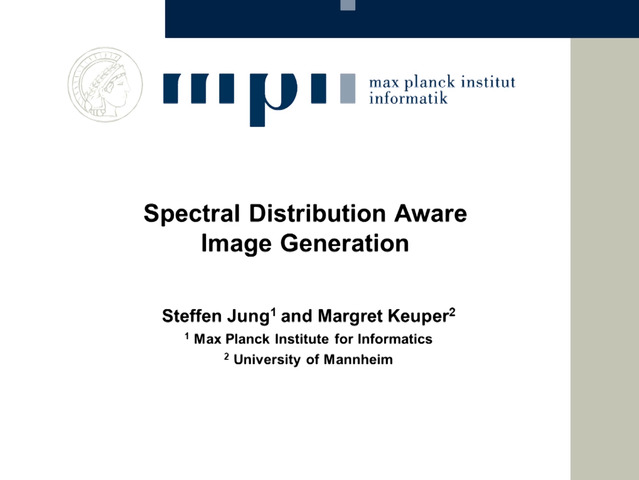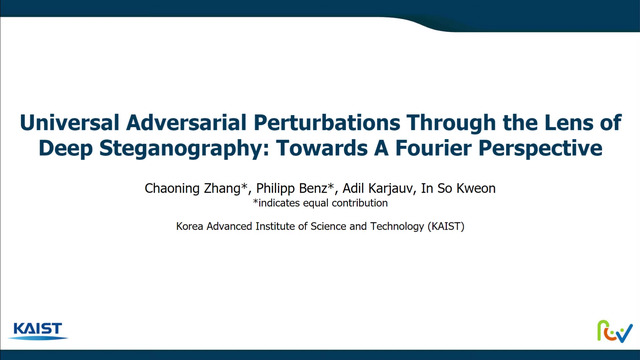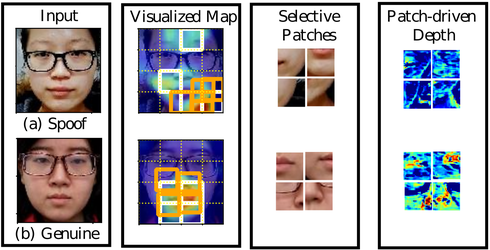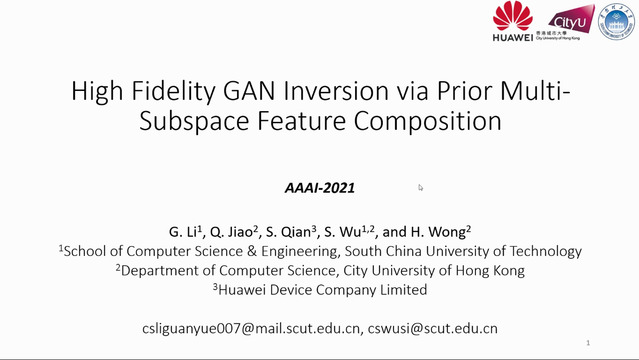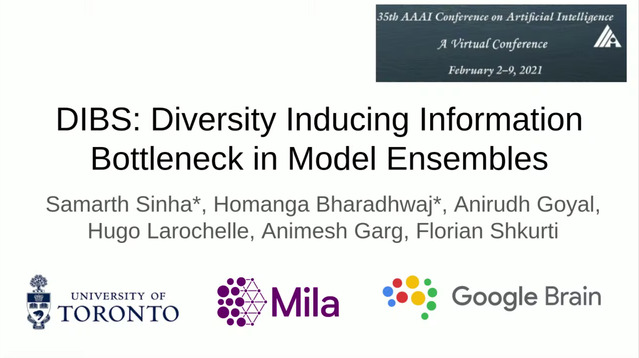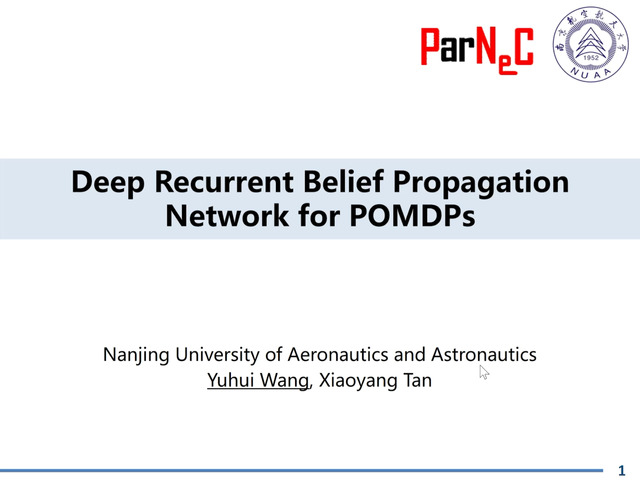Abstract:
Deep neural networks can generate images that are astonishingly realistic, so much so that it is often hard for untrained humans to distinguish them from actual photos. These achievements have been largely made possible by Generative Adversarial Networks (GANs). While these deep fake images have been thoroughly investigated in the image domain - a classical approach from the area of image forensics - an analysis in the frequency domain has been missing. This paper addresses this shortcoming and our results reveal, that in frequency space, GAN-generated images exhibit severe artifacts that can be easily identified. We perform a comprehensive analysis, showing that these artifacts are consistent across different neural network architectures, data sets, and resolutions. In a further investigation, we demonstrate that these artifacts are caused by upsampling operations found in all current GAN architectures, indicating a structural and fundamental problem in the way images are generated via GANs. Based on this analysis, we demonstrate how the frequency representation can be used to automatically identify deep fake images, surpassing state-of-the-art methods.





